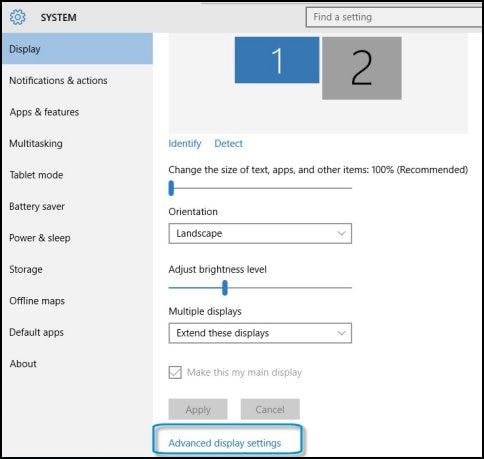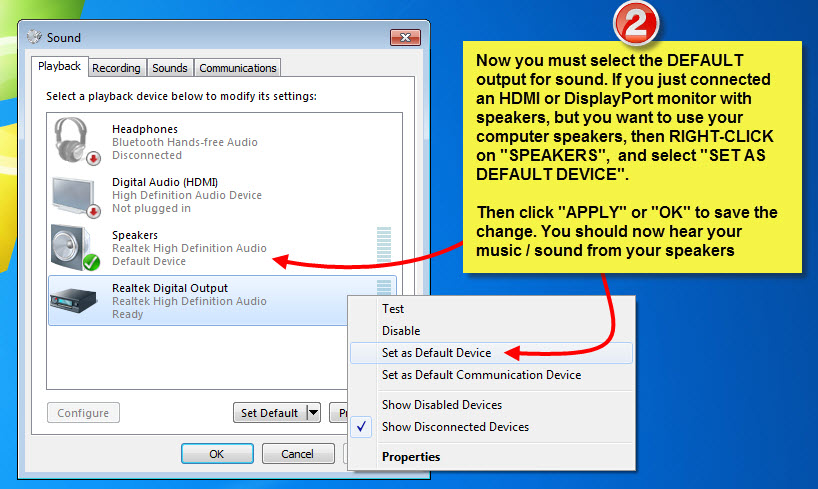


If you have a DisplayPort on your laptop or tablet, you'll need a DisplayPort-to-HDMI-A cable or adapter. Look for ports labeled "DP" or "DisplayPort".

Otherwise, purchase a cable with a USB-C connection on one end and either HDMI or DisplayPort on the other.Identify an HDMI-compatible port on your non-HDMI device. If your computer only offers USB-C video output, consider a monitor that supports USB-C input. You probably know USB-C as the connection on current Android smartphones, but it's a fast enough connection to support a monitor. As with HDMI, Mini DisplayPort connections save space on mobile devices, and you can find cables with Mini DisplayPort on one end and standard DisplayPort on the other. Relatively recent computer monitors also support DisplayPort. You won't find these as commonly, but dedicated graphics cards and higher-end laptops may have DisplayPort connections. In those cases, you're still working with HDMI, and you can easily find cables with a micro or mini connector on one end and a standard HDMI connection on the other.ĭisplayPort and USB-C: Things get a little more complicated with DisplayPort, Mini DisplayPort, and USB-C connections. Laptop manufacturers may opt for smaller mini and micro HDMI connections to conserve space and build a smaller device. It's widely used, and you shouldn't have a hard time finding a cable.


 0 kommentar(er)
0 kommentar(er)
